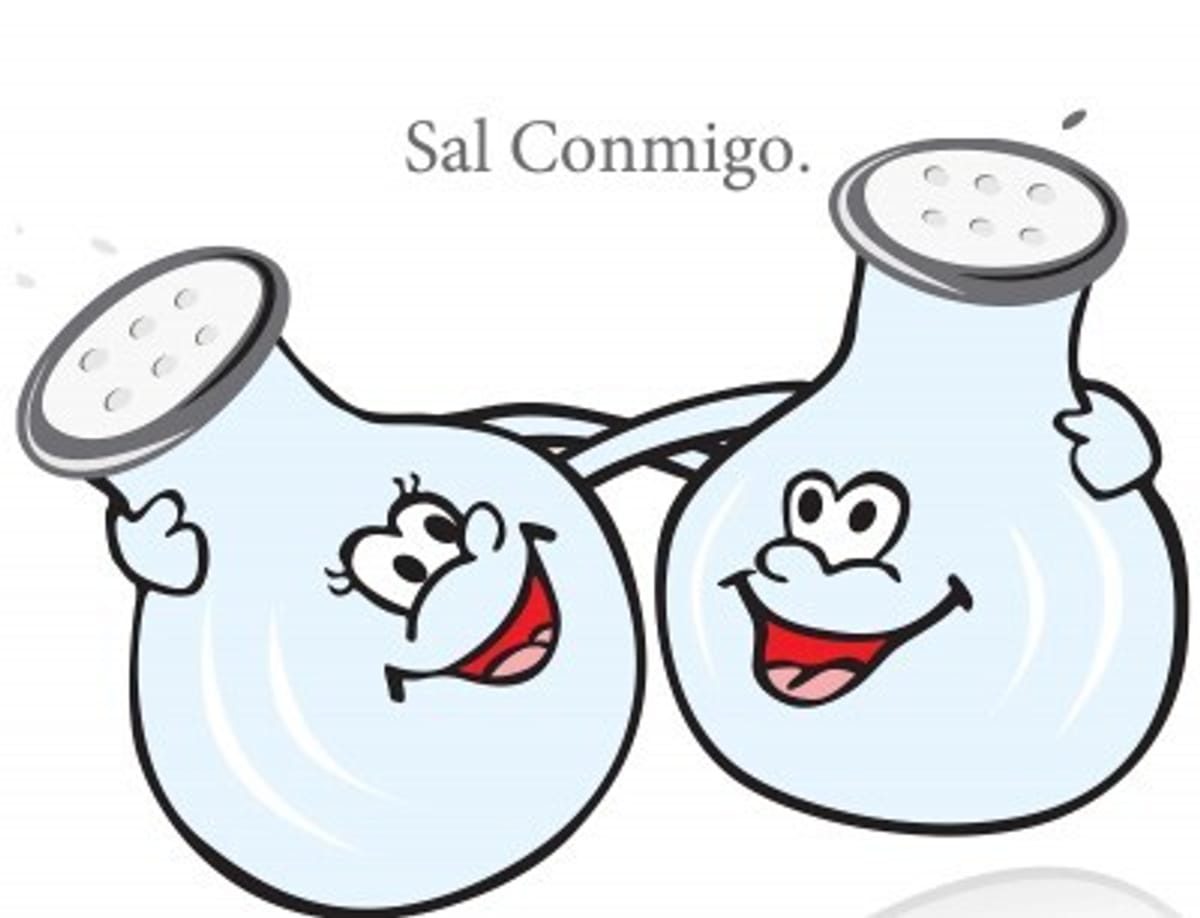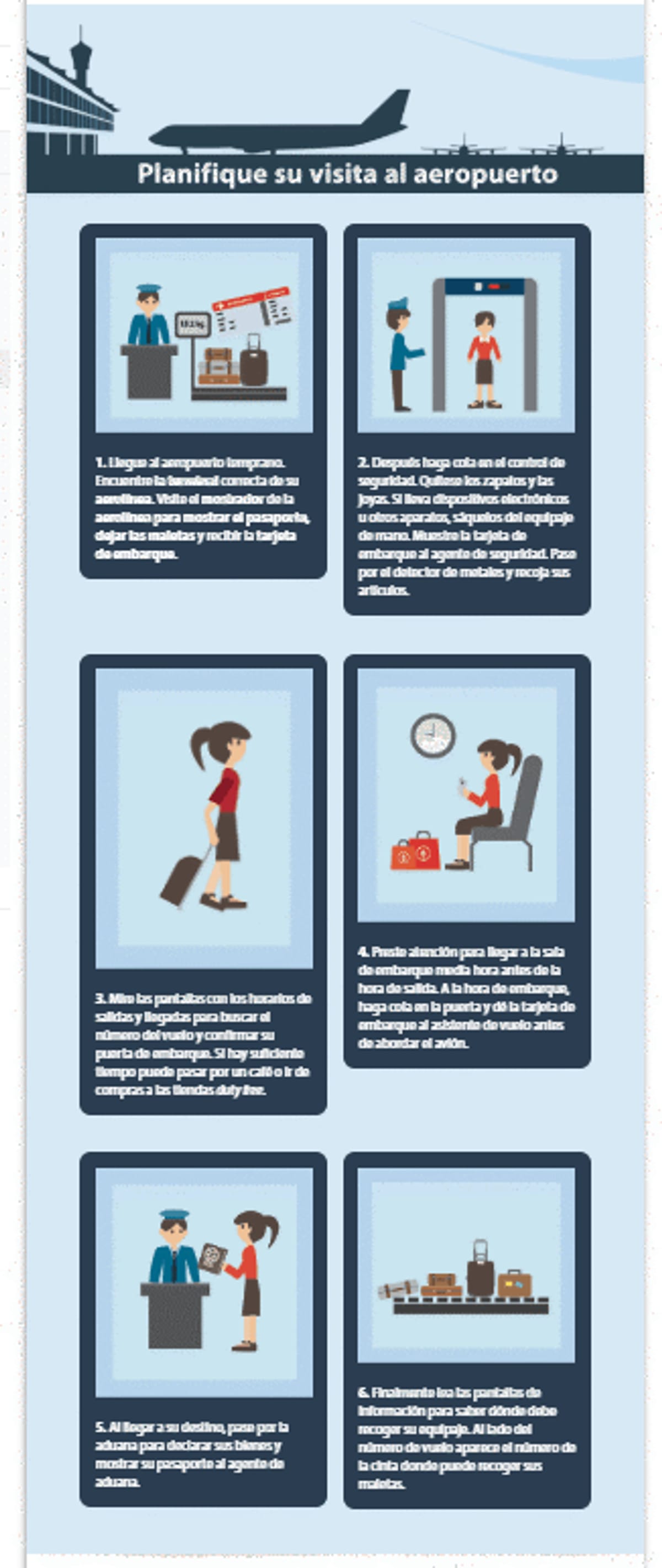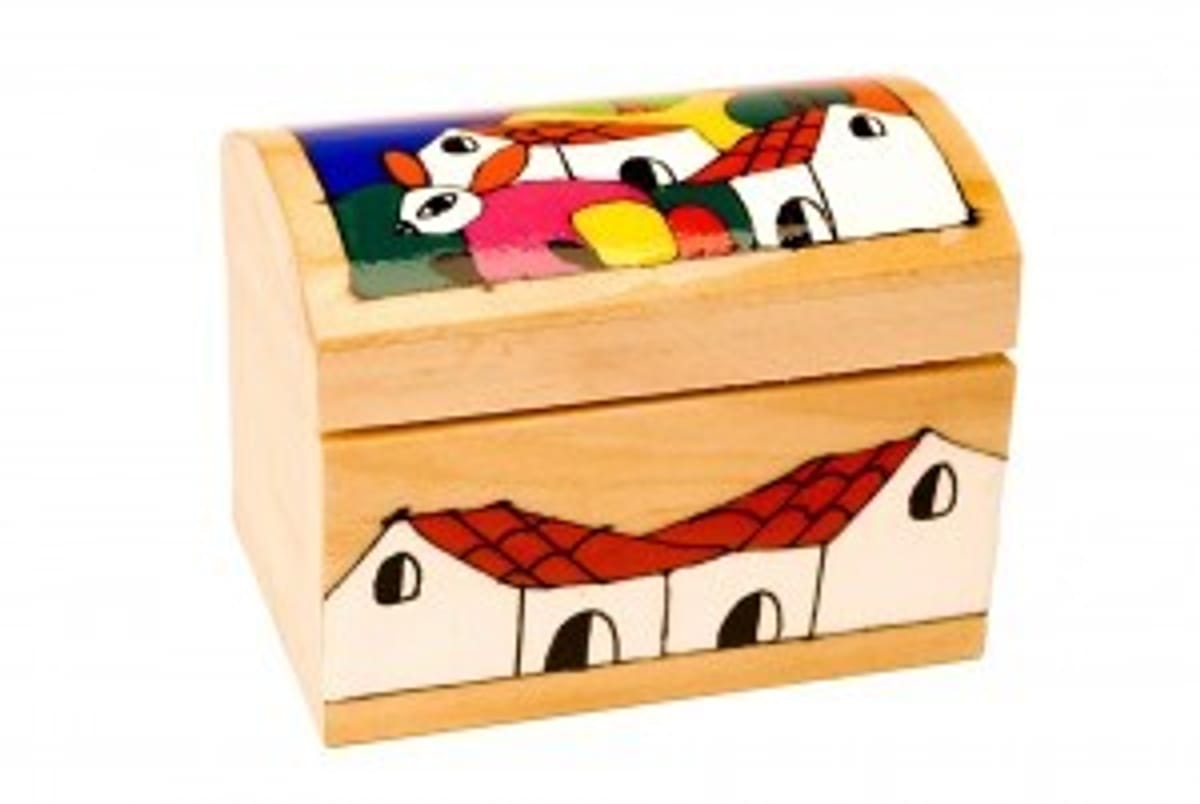Professional Development

Classroom Activity

Professional Development
Alright, so not actually bringing James Bond, but starting the unit off with an activity that pulls learners into the theme and motivates them to want to learn what we want to teach.
Share
In the previous post, Packing a punch with pictures, we talked about bringing James Bond into our classrooms.
All right, so not actually bringing James Bond, but starting the unit off with an activity that pulls learners into the theme and motivates them to want to learn what we want to teach. But, how about bringing that level of motivation to every lesson every day and not just reserving it for the start of a unit?
Remember, motivation emerges from a hierarchy of motivators.

First, the subject matter should be intrinsically motivating. Think about how we can make the topic or theme interesting. Second, instructor enthusiasm is key. Our excitement for a topic spills over to our learners. Third, there needs to be a focusing event that gains the attention of the learners and hooks them into wanting to know more. It should introduce or reinforce the content. Last, and not least, elements of fun should be included – not just for the initial focusing event – but, woven throughout the unit.
All four of these elements can be integrated to get our daily lessons off on the right foot. So, let’s take a look at how we can do this by revamping that warm-up activity that generally starts each lesson. Often, students do some sort of drill, such as fill-in-the blanks, conjugations, answering questions, or translations. As rote exercises, these set a somber tone for the rest of the class. Let’s mix it up and have students engage their brain with higher-level activity that sparks interest, curiosity, or fun.
A great option for higher-level activity is the use of authentic print and audiovisual resources. To that end, we’ll examine several types of resources and related activities that will provide a transition into the daily content, and in the process, reel our learners in – hook, line and sinker.
Photographs, clipart, and artwork make up the bulk of the resources in this category. We tend to use still images for most of our vocabulary presentation – as much as possible – and we’ve taken to using art from the target cultures that we speak the languages we teach as well. For the lesson warm-up or introductory activity, there are a number of options for expanding our use of these staple resources. For example, have learners:
Guided imagery taps into students’ prior knowledge as well as the affective domain. It really empowers learners since they decide what images represent the vocabulary in question. An example of this that I’ve used with my learners at the Novice level is around foods at the market. Have learners close their eyes and image they are going to the market with a family member. The first section they see is the produce section with fruits and vegetables. Ask them questions, such as the following, based on the target vocabulary or previously-learned words and expressions:

Then, have learners open their eyes. Have them jot down in one circle of a Venn diagram, keywords for the items they saw, heard, smelled, etc. Then, show learners an image of a market from the target culture (i.e., an open-air market, a corner store, a supermarket).
In the other circle of the Venn diagram, have learners note items from the image that are unique to that place. In the space provided by overlapping circles, have learners note what’s common between the two.
With the advent of more target-language comics, memes, charts, and advertisements available to us via the Internet, there are a myriad of authentic resources that flaunt the language in authentic contexts. And, no doubt, the invention of infographics was designed with language teachers in mind. Try having learners:
1. Continue a conversation (i.e., Pon, Ten, Ven).

2. Identify actions that should or should not be done based on what’s happening.
3. Add text to create a new meme (i.e., Tell where they are going and what they will do there).

4. Answer questions posed with original answers (i.e., Écris quatre raisons, Qu’est-ce qu’un bon poisson d’avril pour le 1er d’avril?).

5. Summarize details.

Create taglines.
Make inferences.
Extract supporting details.
Create a survey.
Act it out.
Authentic resources are not limited to print images. Inclusion of video clips brings language to life and can be directed toward visual literacy or aural skills. Select clips from sources, such as gifs, music videos, commercials, announcements, how-to videos, and documentaries. Remember to keep clips to under a minute and a half and don’t hesitate to replay them or have them loop as learners:
In essence, tweets are the new version of headlines. Both, give learners a snapshot into the context, summary, nuance, or inference of a cultural event. Even at the novice level, learners can access the language used, and often get at the heart of the intent as they:
While not actual authentic resources, mad libs are extremely popular among world language teachers and an online search will bring up many examples. These mini-paragraphs are great at reviewing vocabulary and language structures, but their zaniness and hilarity are what our learners find so attractive. Once learners have written their words, have them take turns to:
We all love a good mystery and our learners are no exception. Hide an object that depicts the vocabulary theme, language structure, or topic under study in a box or a bag (if you have one from a country that speaks the language you teach, all the better). Have learners draft yes/no questions to discover what is hidden in the box or bag. Play a round of 20 questions to try to identify the object and the direction for the day’s lesson. Give clues, if needed.

Keep in mind that these warm-up activities are short – 3 to 4 minutes, at most. They provide an introduction to the daily outcomes and a priming for activities to follow. At times, we will use the same resource with additional, extended activities that further engage learners as they develop their interpretive, interpersonal, and presentational skills.
Ready to have your learners eager to get to class to see what you have in store for them? Then, get started and let us know in the comments section how you are using authentic resources to start off your units.
Share:
Professional Development

Classroom Activity
Professional Development

Classroom Activity
Professional Development

Classroom Activity